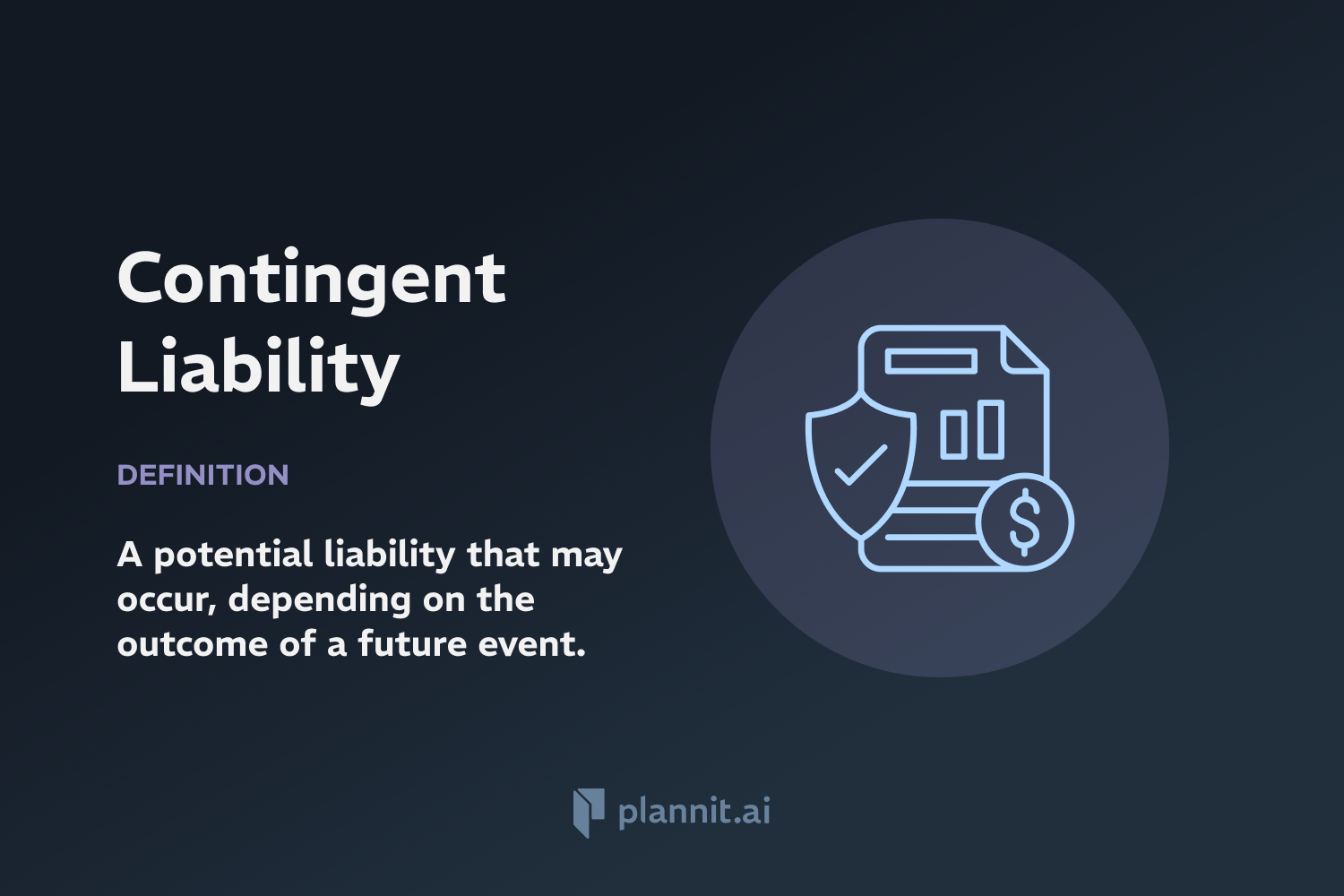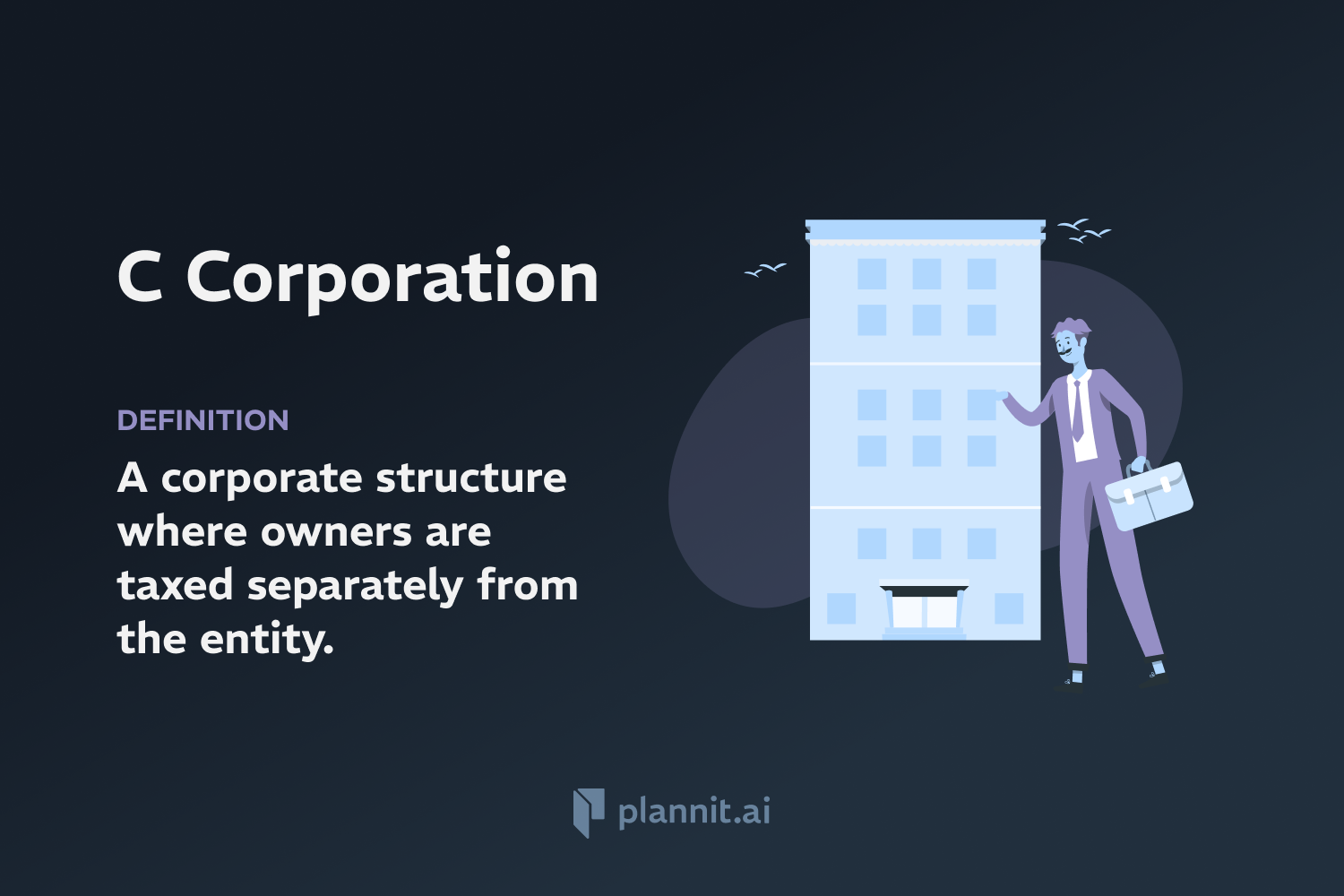Need Help With Your Business Plan?
Answer tailored questions and get a detailed business plan in minutes.
Contingent Liability: Definition & In-Depth Explanation

Contingent liability is a potential financial obligation that may arise in the future depending on the outcome of a specific event. The realization of a contingent liability depends on a future event occurring or not occurring. This concept is crucial in both accounting and legal contexts.
Purpose:
The purpose of recognizing contingent liabilities is to ensure that financial statements provide a complete and accurate picture of a company's current financial status and future risks. Acknowledging these liabilities helps stakeholders, including investors, creditors, and analysts, make informed decisions based on the potential financial impacts these liabilities could have.
Example:
A common example of a contingent liability is a company facing a lawsuit. If the company is sued for damages and the lawsuit is pending, there is a potential liability that depends on the outcome of the lawsuit. If the likelihood of loss is probable and the amount can be reasonably estimated, the liability should be recorded in the company's financial statements.
Related Terms:
Provision: An amount set aside in the accounts to cover a probable future expense or reduction in asset values, which is often linked to recognized contingent liabilities.
Liability: A financial obligation or amount owed by a business to another entity, which is expected to be paid back.
Financial Statement: A formal record of the financial activities and position of a business, person, or other entity, which includes a balance sheet, income statement, and cash flow statement.
Risk Management: The process of identification, analysis, and acceptance or mitigation of uncertainty in investment decisions.
FAQs:
How are contingent liabilities recognized in financial statements?
According to accounting principles, a contingent liability is recorded in the financial statements if the liability is likely to occur and the amount can be reasonably estimated. If the liability is possible but not likely, it is typically disclosed in the notes to the financial statements rather than recorded as a liability.
What is the difference between a contingent liability and an actual liability?
An actual liability is a current obligation that arises from past events and requires settlement, often resulting in an outflow of resources. A contingent liability, however, depends on a future event and may not result in a financial obligation.
Can contingent liabilities impact a company's credit rating?
Yes, significant contingent liabilities can impact a company's credit rating, especially if the potential outcomes could materially affect the company's financial health or operational capabilities.
Why must companies disclose contingent liabilities?
Disclosure is required to provide transparency about the potential risks that face a business, which could affect its financial health and the decision-making of investors, creditors, and other stakeholders.
What are some strategies businesses use to manage contingent liabilities?
Businesses manage contingent liabilities through adequate insurance coverage, contractual risk transfers, setting aside provisions, and engaging in comprehensive risk management practices.
Get funding with a business plan that will impress investors.
Starting a New Business?



